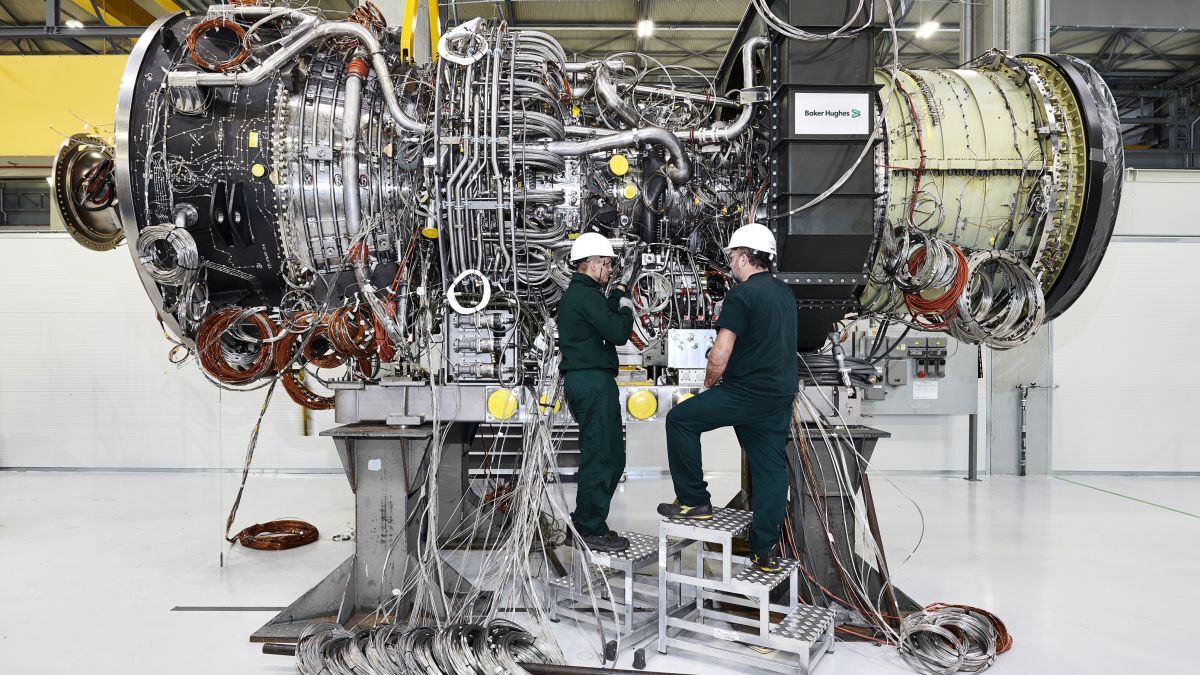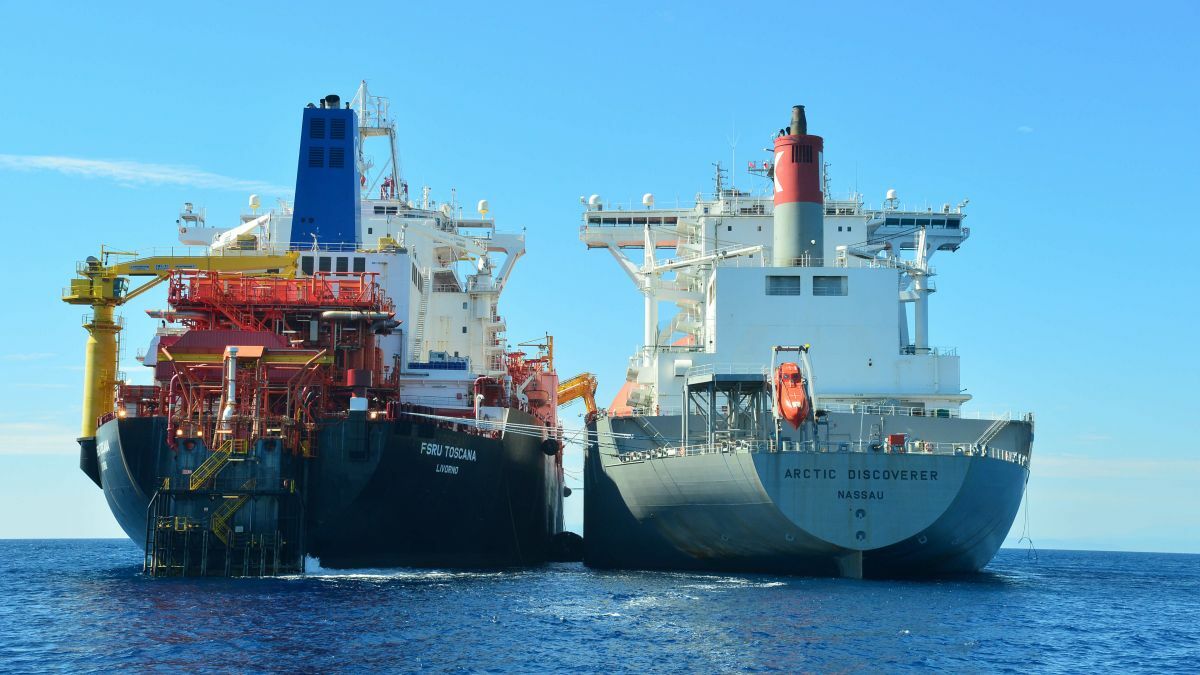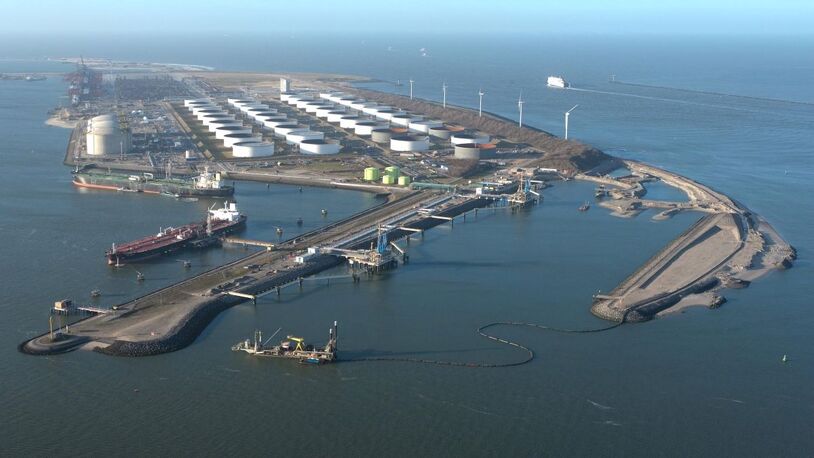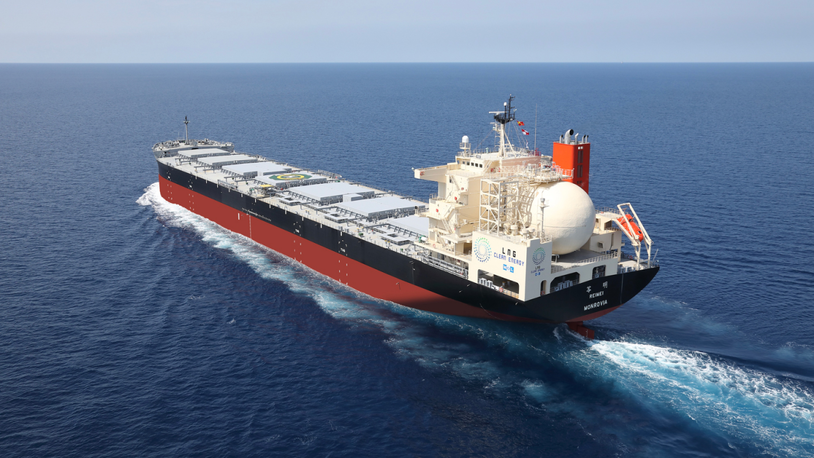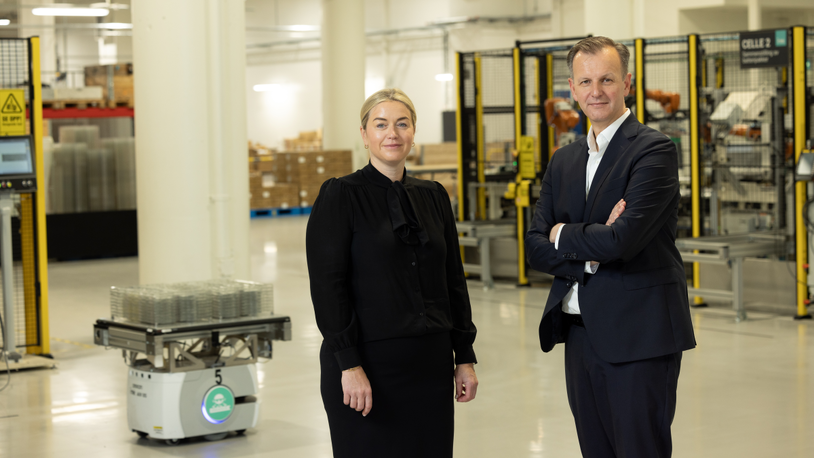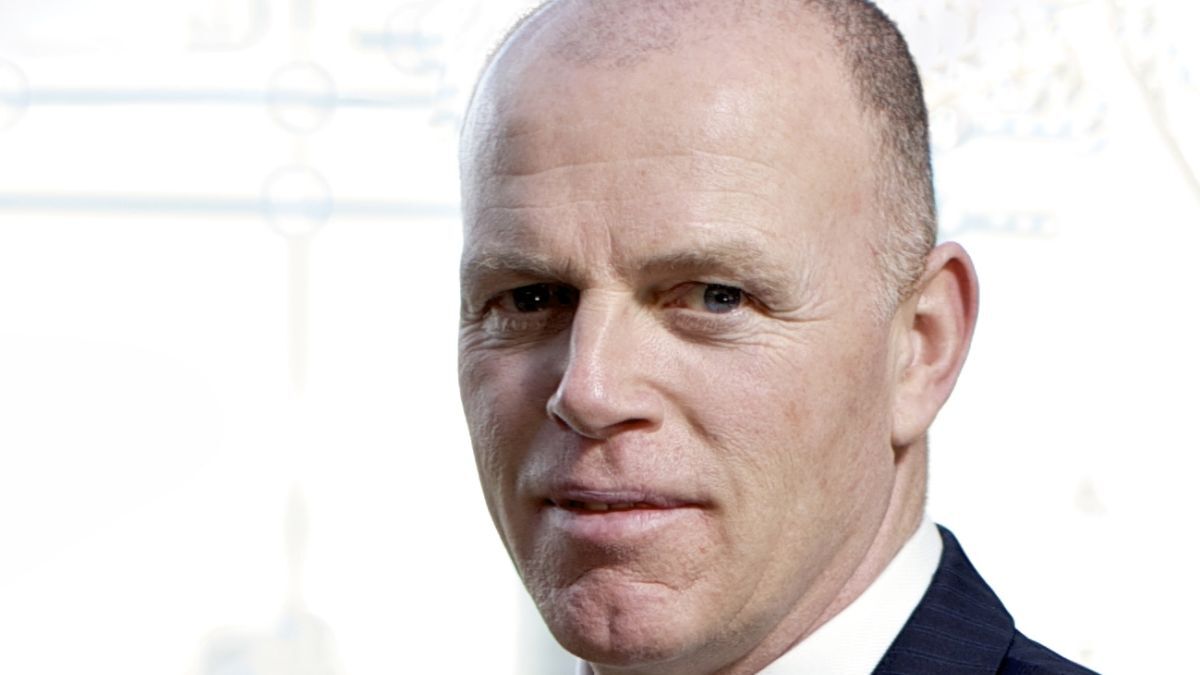Business Sectors
Contents
Register to read more articles.
A green technology grows in Brooklyn
Ammonia-to-power solution will debut in a tug in 2024, demonstrating the potential for zero-emissions marine operations
A four-year-old Brooklyn-based start-up wants to use its ammonia-to-power technology to solve the decarbonisation of international shipping, which produces about 3% of global greenhouse gas (GHG) emissions. “This does not seem large,” says Dr Seonghoon Woo, chief executive, Amogy, in discussing shipping’s share of anthropogenic GHG emissions “but the bigger problem is that this number has been increasing over the last few years.” He points out that without any action, international shipping’s share of GHG emissions could rise to 10% by 2050.
“Ammonia truly has the potential to become the dominant fuel in global shipping in the long term,” he says, adding, “Because fundamentally, we should not have to deal with carbon.”
The ammonia molecule (NH3) does not contain carbon. Already a widely traded and transported global commodity used mostly in fertiliser production, ammonia is intriguing for several reasons, says Dr Woo. “Ammonia has high energy density, even higher than liquid hydrogen on a volumetric basis,” he observes, adding it is liquid at room temperature, making it easy to transport and store, and [it has] the lowest price point on a dollar-per-megajoule basis than other future fuels. He sees ammonia as “the lowest carbon, highest energy density, and most affordable fuel we could possibly have to transition this industry.”
“Ammonia has high energy density, even higher than liquid hydrogen”
And while he is “excited” by developments in ammonia dual-fuel marine engines, he notes all these solutions require pilot fuels that potentially generate GHG emissions.
Unlike traditional marine fuels that are combusted in two- and four-stroke engines, Amogy’s solution combines a conventional proton exchange membrane (PEM) fuel cell with its reforming technology to convert ammonia to hydrogen, which is used in the fuel cell to produce electricity. Amogy’s power pack incorporates the reactor modules, the NH3 adsorber and the hydrogen fuel cell.
Over the last few years, Amogy has been focused on scaling up the technology, first applying it to fuel a 5 kW drone in July 2021, then a 100 kW John Deere tractor in May 2022 and a 300 kW Freightliner Cascadia semi truck in January 2023.
“Ammonia-to-power fuel-cell technology has notable advantages, even over battery technology for road transport,” he observes.
“This truck was designed to have the equivalent electric energy of a Tesla semi, with 500 miles of capability. But now you can fill this tank within seven minutes,” he says.
Next up, Amogy is retrofitting a 1957-built tugboat to run on its zero-emissions ammonia-to-power system, with an upcoming demonstration on the Hudson River in New York in 2024. And while the conversion is underway at a US shipyard, the list of project partners demonstrates the breadth of collaboration. Amogy has partnered with Yara, DNV, Lloyd’s Register, Feeney Shipyard, SEAM, and C-Job on the project. DNV and the US Coast Guard are providing the regulatory approvals, while Yara will supply the green ammonia fuel for the demonstration.
Once the tug begins sailing on the Hudson River and in the Port of New York, Amogy’s ammonia-to-power solution will reach technology readiness level 7-8, meaning it has been tested and ‘flight qualified’ and is ready for implementation into an existing technology.
Dr Woo’s comments were made at the Maritime Decarbonization Conference, Americas, held in Houston, 14-15 December 2023.
Related to this Story
Events
LNG Shipping & Terminals Conference 2025
Vessel Optimisation Webinar Week
Marine Coatings Webinar Week
© 2024 Riviera Maritime Media Ltd.




